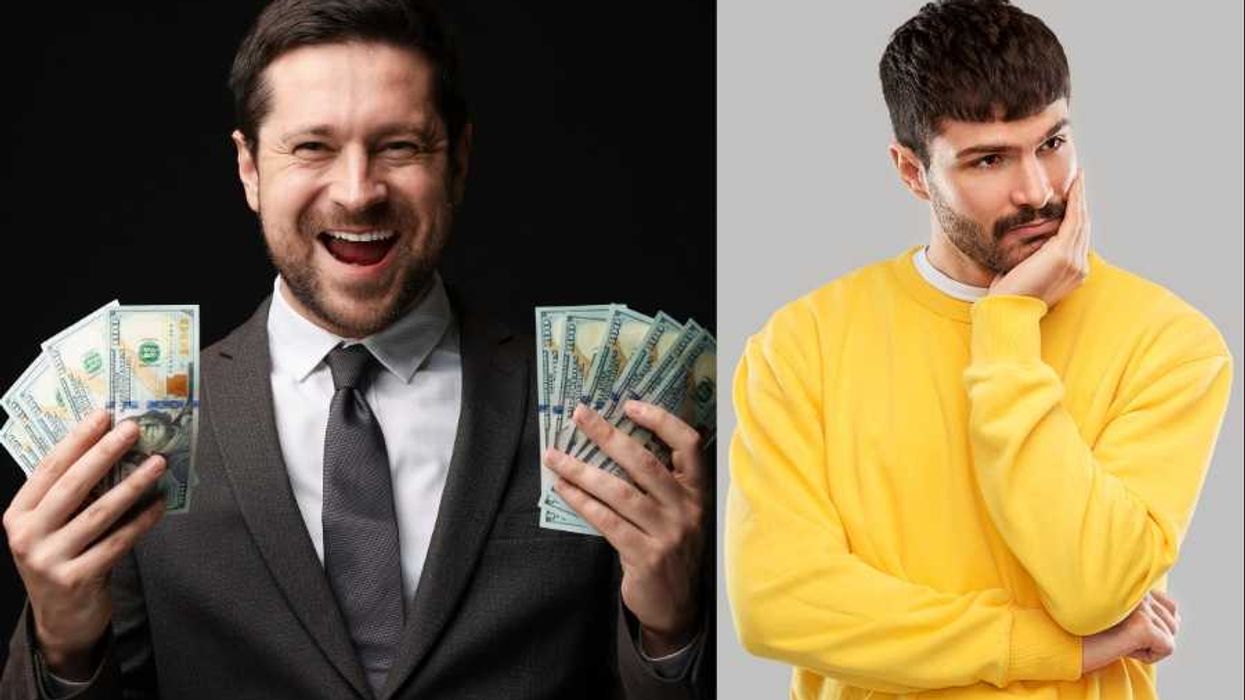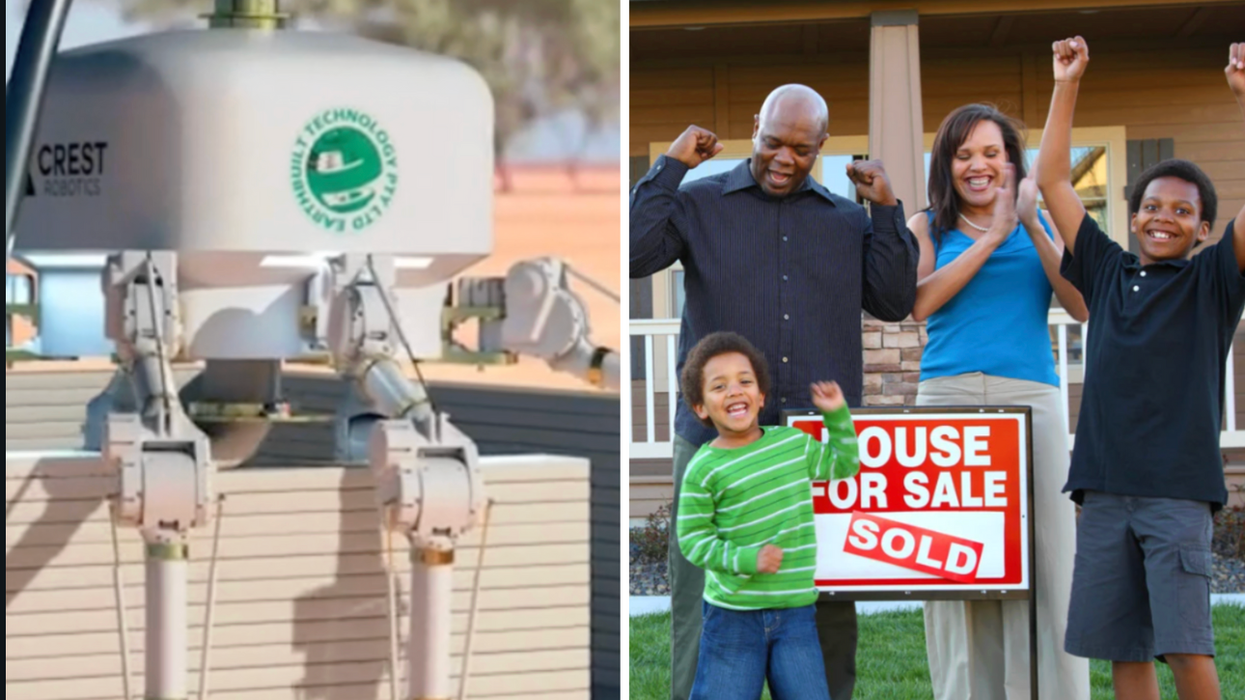The Gobi Desert is deathly hot during the day, bitterly cold at night, mostly devoid of vegetation, and nearly waterless. By any common metric, the land can be seen as worthless. So why does a billionaire think a desert that he called “useless” can provide the world with bountiful, cheap, clean energy?
Lei Zhang, the founder and CEO of Envision Energy, hosted a TED Talk explaining how implementing and investing in high-tech, high-yield solar and wind power generation in the Gobi Desert and other similar largely uninhabited desert areas could provide “more energy than we need” for laypersons and businesses alike.
- YouTube youtu.be
“I believe this could be the new space of our civilization,” said Zhang in his TED Talk. “When people see ‘useless,’ ‘barrenness,’ ‘emptiness,’ I see ‘abundance.’”
Zhang sees green in the Gobi Desert, in terms of both energy and money. His company specializes in green tech, creating smart wind turbines and batteries. Envision Energy is responsible for the EV batteries for car brands such as BMW, Mercedes, Honda, and Renault among others. In short, he knows how to harness clean energy and how to make it profitable.
Zhang believes the “strong wind and the shining sun” of the Gobi Desert can power up fields upon fields of solar panels and windmill electric generators. Incorporating that with A.I.-driven orchestration, he believes we could develop large-scale, off-grid renewable energy systems without the need for costly long-distance transmission lines. To maximize the use of locally generated electricity, Zhang proposes the creation of net-zero industrial parks that produce batteries, green hydrogen, green ammonia, and other energy-intensive products that can power us. He believes that this type of investment could bring “next-level prosperity” to the world.
@cassidy_cloud9climate Why don’t U.S. parking lots produce energy like they do in France? ☀️🇺🇸🇫🇷 France passed a law requiring solar panels over parking lots. In the U.S., most lots just waste space and sunlight. Here’s why the majority of our parking lots aren’t getting a facelift. #solar #renewableenergy #urbanplanning #howdwegethere #climateaction
Zhang’s claim of green energy being less costly holds significant weight. While some argue that the cost of electricity would increase if we were to rely exclusively on solar and wind power, the International Renewable Energy Agency found evidence to suggest that 90% of renewable energy sources are less costly than fossil fuels, both in terms of price and environmental impact. There is also an active solar power plant in the Mojave Desert that also incorporates wind farms to provide energy to parts of California, backing up the practicality of Zhang’s vision on a smaller scale.
@ducklingsproductions What if we cover the Mojave Desert with solar panels? 🤔🤔 #fyp #usa #solar
A possible drawback would be the removal of government incentives that encourage utility companies and businesses to invest in green energy over fossil fuels, which would make initial investments more expensive in the short term and delay any long-term benefits to their bottom line. That said, a 2022 report from the United Nations noted that investment in renewable energy sources resulted in $55 billion in global energy cost savings worldwide.
It will be interesting to see if Zhang’s vision gains momentum and investment from those who want to invest in a better climate outlook, along with a more favorable financial future.
This article originally appeared on 8.29.25. It has been updated.





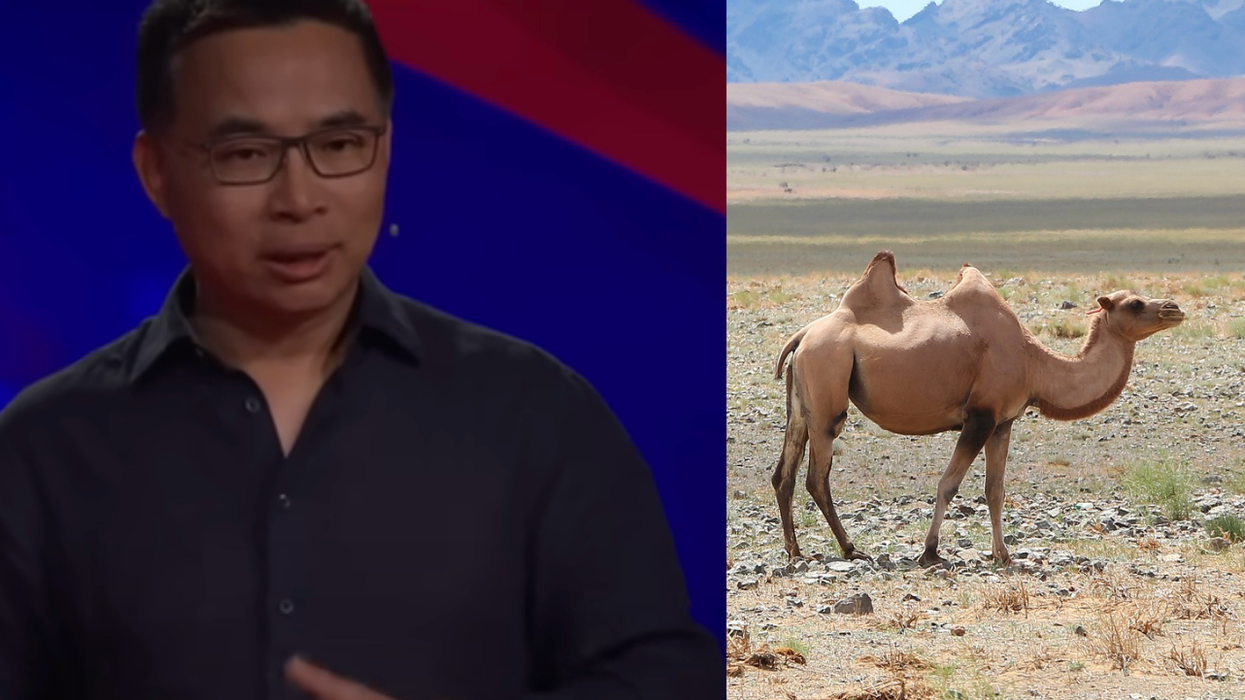












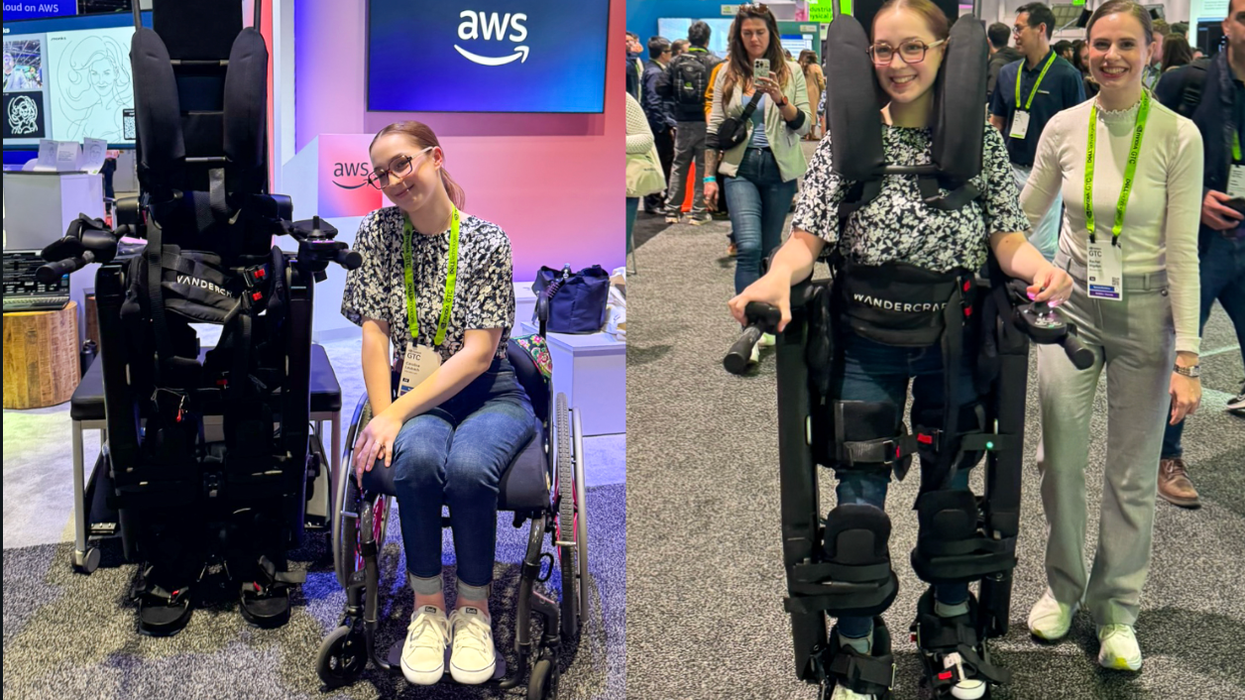

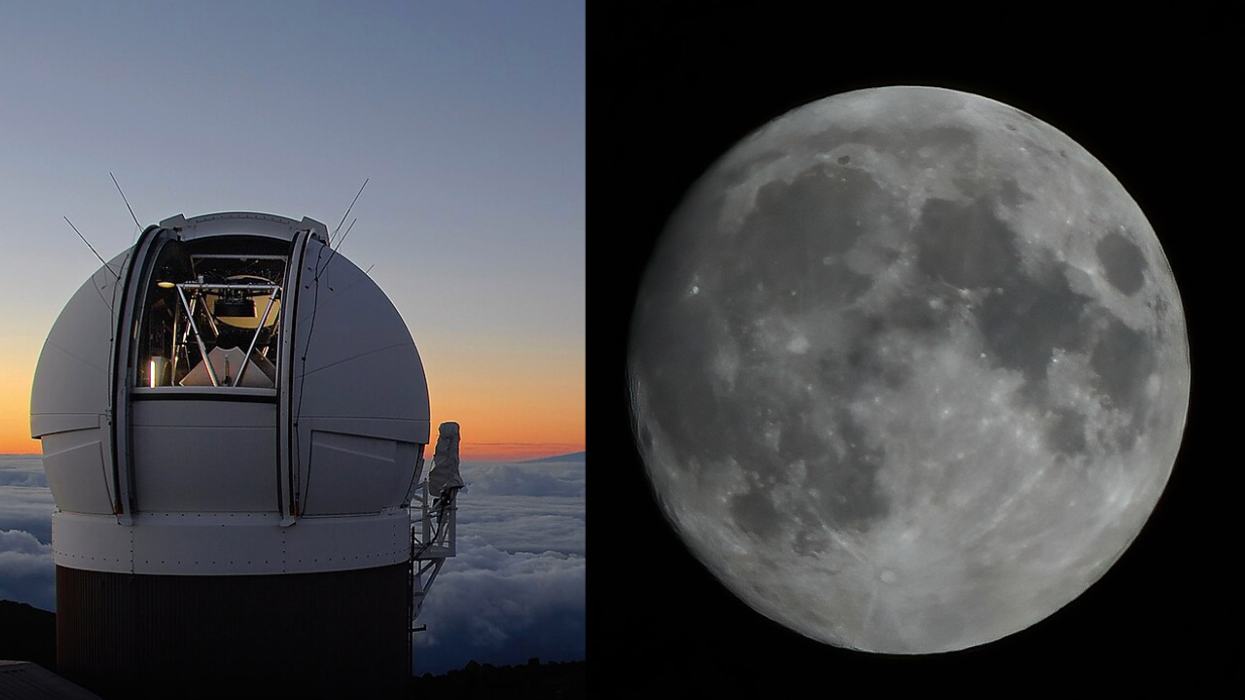

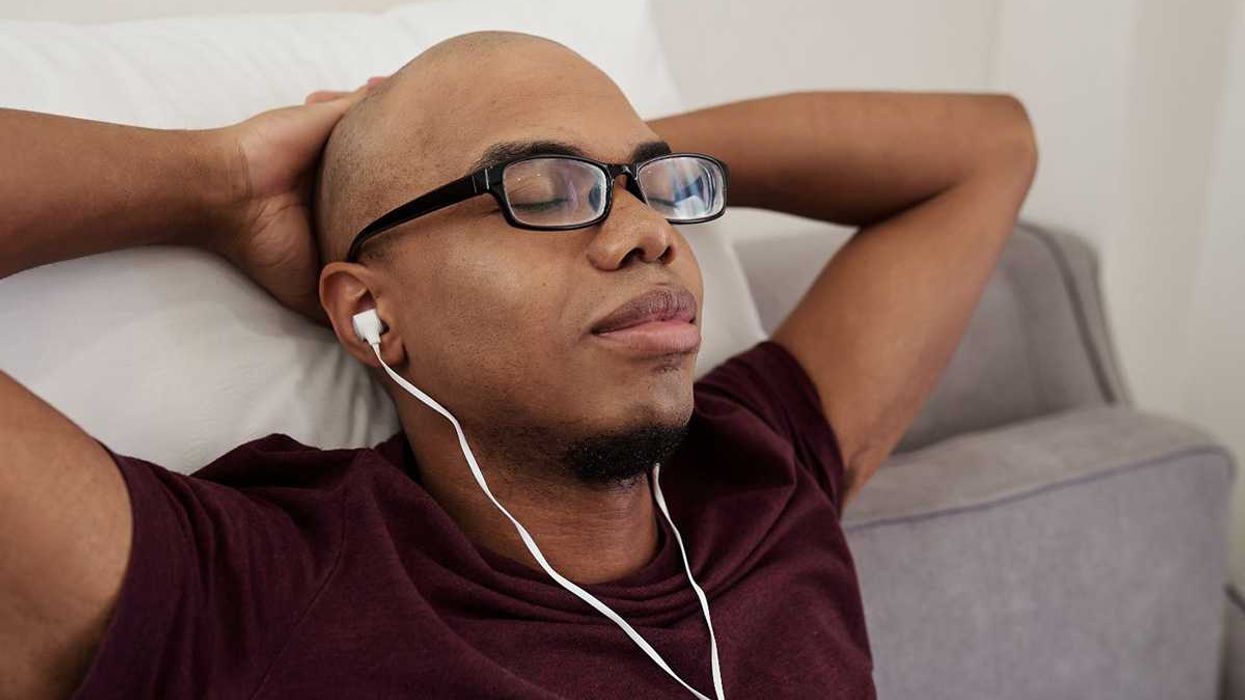 Relaxing to music.Photo credit
Relaxing to music.Photo credit  Music and a good run.Photo credit
Music and a good run.Photo credit 
 Artist rendering of Earth with satellites traveling around it.Image via
Artist rendering of Earth with satellites traveling around it.Image via 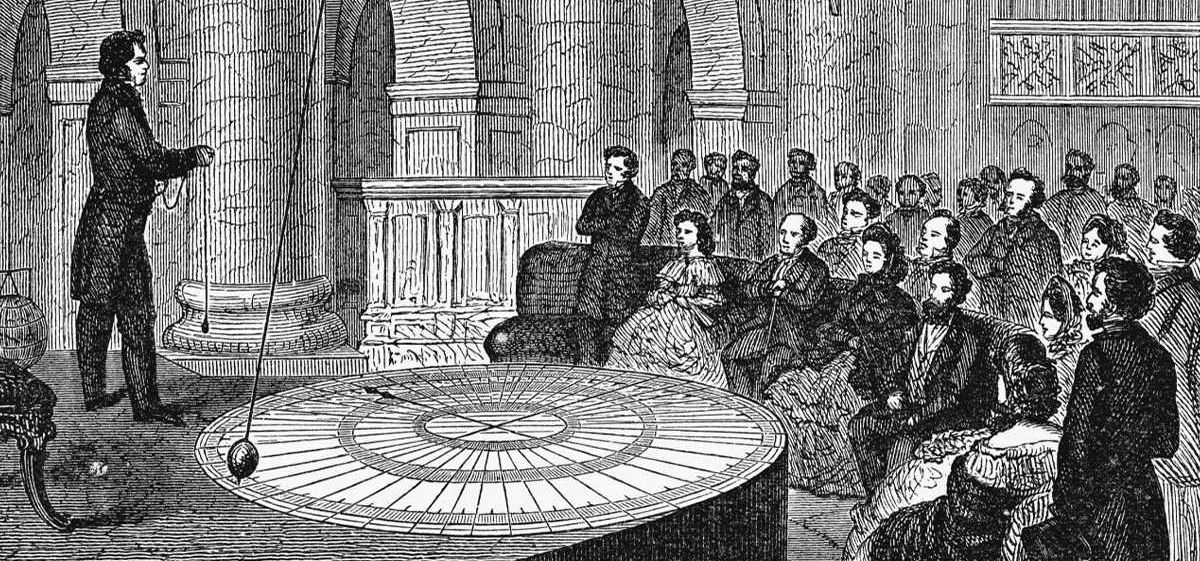 Drawing of Leon Foucault with pendulum showing Earth's rotation.Image via
Drawing of Leon Foucault with pendulum showing Earth's rotation.Image via  The Earth rotates.
The Earth rotates. 